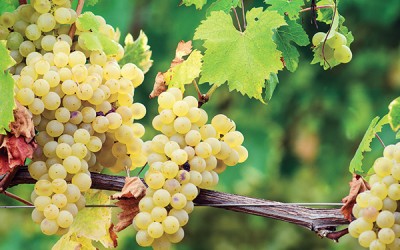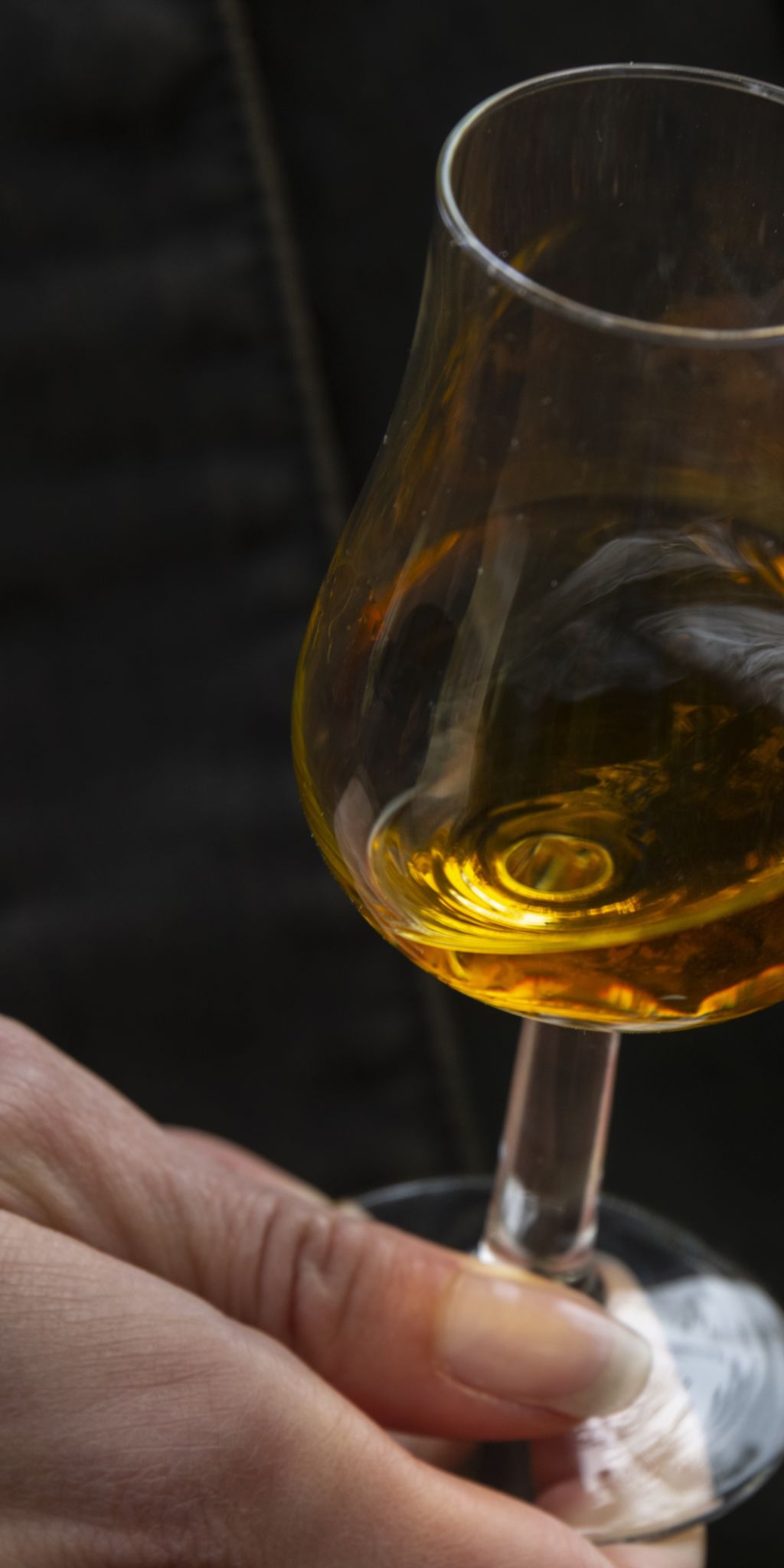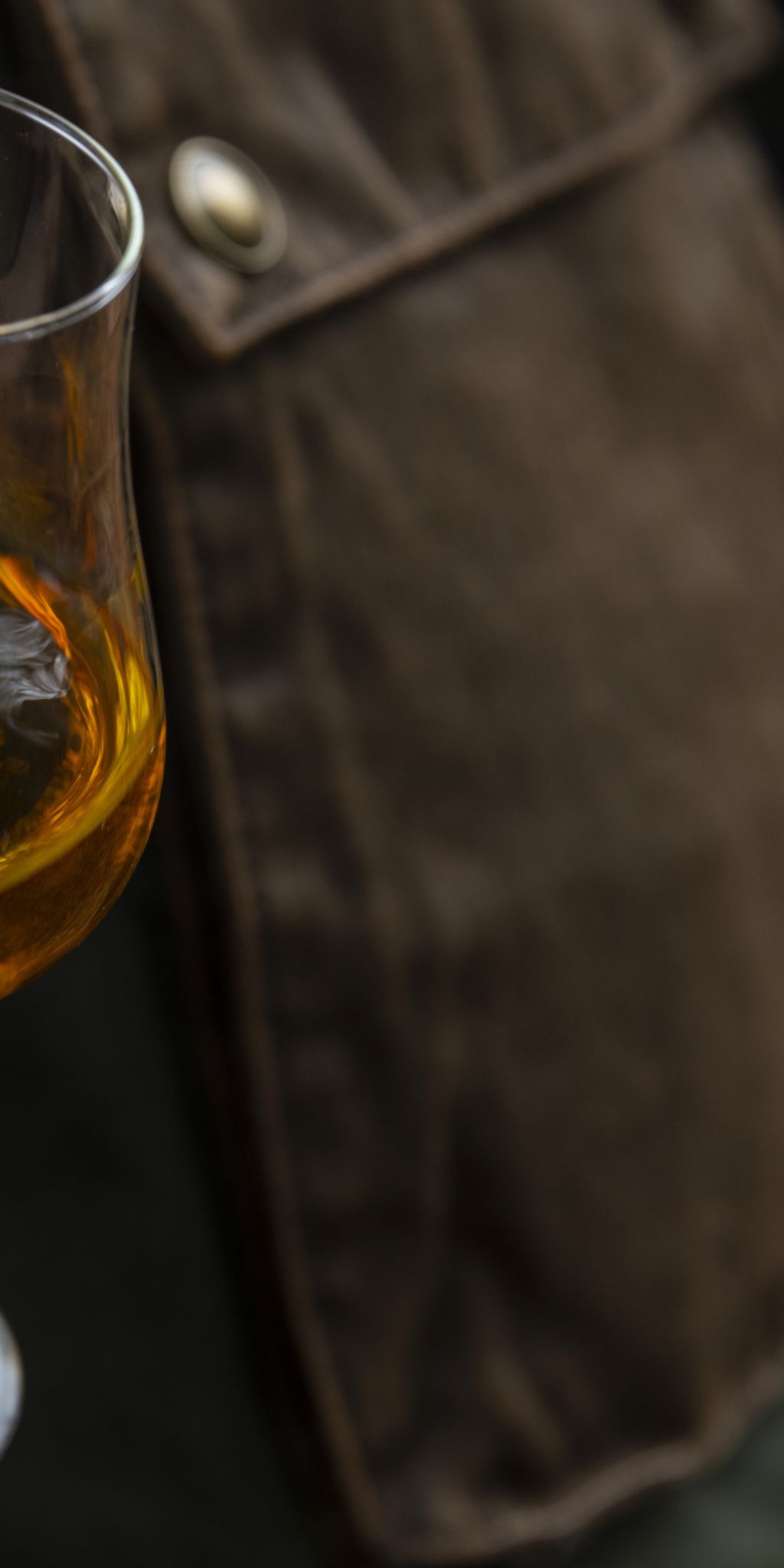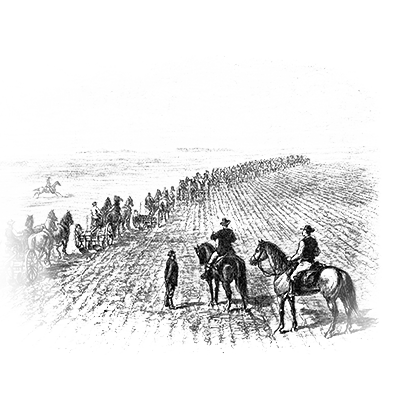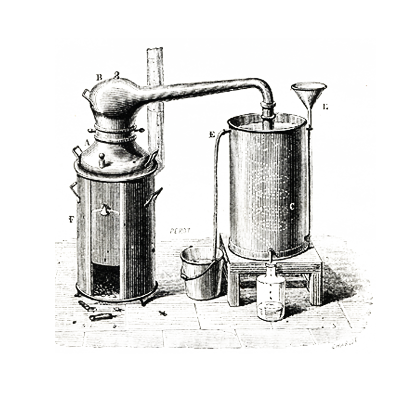A story :
Armagnac, as one of the oldest brandies in France, is committed to perpetuating a traditional savoir-faire. Thanks to Maître Vital Dufour, Prior of Eauze ( 1260 – 1327) – erudite man of Faith and fervent enthusiast of medicine – we can retrace the first references to Armagnac back to 1310, when it was still called “Aygue Ardente”.
Armagnac has existed for more than 700 years!
Un product :
Armagnac is a French brandy made from distilled white wine and aged in oak barrels and bottled at a minimum of 40% abv., in a limited and strictly controlled area (Appellation d’Origine Contrôlée).
Armagnac is always distilled during the winter period – starting actually in November – up to the 31st of March of the year following the harvest. Most of the time, the wines are distilled in a continuous Armagnac alembic made from pure copper, giving character to the eaux-de-vie. Even today, some producers still use roving alembics and travelling distillers.
An Armagnac can be either a blend (several eaux-de-vie from different casks or demi-muids, from different estates or different harvests) or a Millésime (one single year of harvest).
Armagnac is an artisanal product made in very small quantities by winegrowers and producers from Gascony, perpetuating a traditional savoir-faire, which gives to this eau-de-vie a rich and diverse personality. There is not just one Armagnac. Armagnac has endless possibilities and variations.




